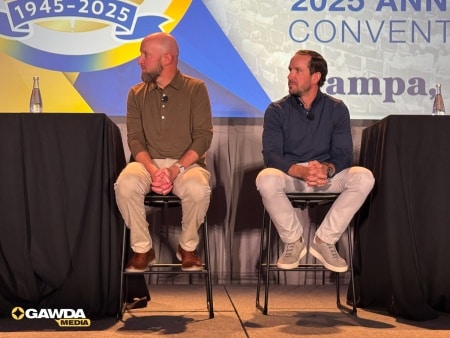OSHA Issues Final Rule on Employee Representation During Inspection. The Occupational Safety and Health Administration has issued a final rule, effective May 31, 2024, allowing employees to authorize a representative to accompany an OSHA compliance officer during an inspection of their workplace.
According to OSHA, the final rule clarifies that workers may authorize another employee to serve as their representative or select a non-employee. For a non-employee representative to accompany the compliance officer in a workplace, the representative must be reasonably necessary to conduct an effective and thorough inspection.
OSHA further states the rule clarifies that a non-employee representative may be reasonably necessary based upon skills, knowledge or experience. This experience may include knowledge or experience with hazards or conditions in the workplace or similar workplaces, or language or communication skills to ensure an effective and thorough inspection. OSHA regulations require no specific qualifications for employer representatives or for employee representatives who are employed by the employer.
A previous court decision had held the agency’s existing regulation, 29 CFR 1903.8(c), only permitted employees of the employer to be authorized as representatives. This new rule allows non-employee representatives as well to accompany an agency inspector in the workplace.
FMCSA Extends Emergency Declaration re Collapse of Francis Scott Key Bridge. The Federal Motor Carrier Safety Administration has extended until May 8, 2024 the emergency declaration granting regulatory relief from hours of service requirements for drivers providing direct assistance supporting emergency relief efforts related to the collapse of the bridge and partial closure of the Port of Baltimore in the State of Maryland.
According to FMCSA, direct assistance does not include transportation related to long-term rehabilitation of damaged physical infrastructure or routine commercial deliveries, after the initial threat to life and property has passed, or mixed loads with a nominal quantity of qualifying emergency relief added to obtain the benefits of this emergency declaration.
The agency clarified that direct assistance includes:
- Transportation related to the immediate restoration of essential services at the Port of Baltimore.
- Transportation of commodities re-routed due to the disruptions to vessel traffic into the Port, subject to the restrictions and conditions set forth in this Extension.
- Transportation of fuel (gasoline, ethanol, propane, natural gas, and heating oil) from Maryland’s Curtis Bay terminal (within the Baltimore Marine Terminal area) for delivery to the following locations within Maryland: Anne Arundel, Baltimore City, Baltimore County, Carroll County, Cecil County, Frederick County, Harford County, Howard County, Queen Anne’s County, and Washington County.
Drivers providing direct assistance are exempt from the maximum driving time rules in 49 CFR 395.3 and the requirement to use electronic logging devices in 49 CFR 395.8.




